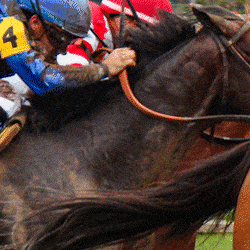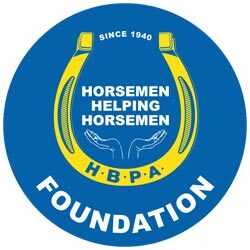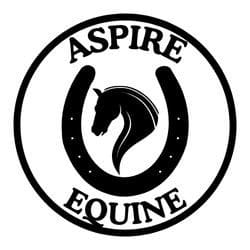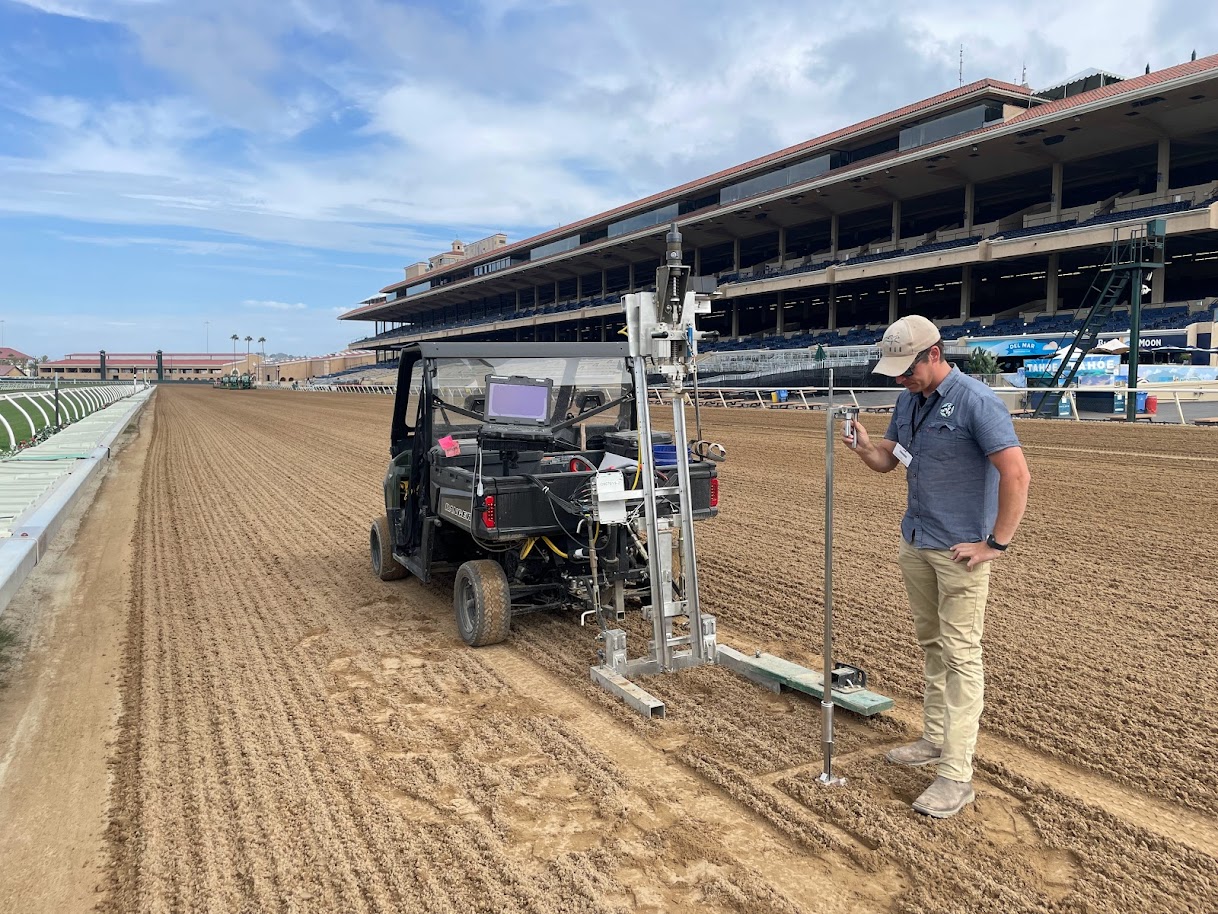
Kaleb Dempsey performs on-site premeet testing at Del Mar, in California. The Orono Biomechanical Surface Tester (OBST) — a biomechanical hoof designed to mimic a horse’s forelimb impacting the ground at full gallop — is connected to the back of the UTV, and Dempsey is using a Longchamp penetrometer to check the cushion depth of the surface in the area where the OBST will be dropped. Photo courtesy Dr. Mick Peterson/racing Surfaces Testing Laboratory
Look at newsreel footage of horse races from the early 20th century and what do you see? A lot of dust. As horses galloped over those old dirt tracks, their feet kicked up plenty of the stuff. It wasn’t good to breathe, and dust often meant dry weather, leading to rock-hard surfaces that were unkind to a horse’s legs.
Times have definitely changed. Instead of throwing up a grandstand and building rails to encircle whatever dirt happened to be on the ground, racetrack managers today construct elaborate surfaces designed for safety. Those surfaces include drainage systems as well as different layers of material that can cushion feet to protect bones, tendons, ligaments and muscles.
Testing the Consistency of Tracks for Horse Racing
Mick Peterson, PhD, is a co-founder of the Racing Surfaces Testing Laboratory (RSTL) in Kentucky and a professor of biosystems and agricultural engineering at the University of Kentucky, in Lexington. He has become the go-to guy in developing testing protocols for racetrack surfaces.
The RSTL team tests some 120 racetracks and has also worked with Lars Roepstorff, DVM, PhD, of the Swedish University of Agricultural Sciences, World Horse Welfare and the Fédération Equestre Internationale (FEI) to produce a guide to all types of equestrian surfaces. That guide includes chapters on creating, maintaining and renovating arena surfaces; training for soundness and performance; and the interaction between the hoof and the surface.
“I don’t care if it’s an arena footing or a racetrack. What we know at this point is that consistency is the priority,” Peterson says. “That would be consistency temporally, day to day, hour to hour, on a racetrack, and spatially, every trip around the track.”
The RSTL team has developed testing parameters in an ongoing effort to keep racetracks consistent through weather changes and with each other. It is working with the Horseracing Integrity and Safety Authority (HISA), a national regulatory body, toward that goal.
It’s not an easy task. Letting any equine footing get too hard can risk bone injuries; letting it get too soft can damage tendons and other soft tissues. Consistent surfaces are best to keep any horse sound, yet weather is rarely consistent, even in areas with a relatively temperate climate.
Making Racetracks Safer for Horses
The RSTL and HISA have built upon work started by the first The Jockey Club/Welfare and Safety Summit in 2006. Rick Arthur, DVM, worked for more than 30 years as a racetrack veterinarian and then as the equine medical director for the California Horse Racing Board. His work has been instrumental from the very beginning in the strides made in national track safety protocols.
“Consistency really makes the entire racing circuit safer,” Arthur says. “All of the objective criteria have just made tracks much more consistent. Whenever a horse sees a different surface, it is going to put different stresses on the bone. The entire musculoskeletal system undergoes adaption for each individual surface.
“What you really want is not only consistency from one track to the next, but you want to keep the track as consistent as possible.”
Arthur explained that without proper testing protocols, a track surface could conceivably be different in each turn and on the two straightaways.
“You want the horse to be confident to go around that track and know where he’s going to plant his legs is going to be a very similar surface,” Arthur says. “It would be the same thing as if you or I were walking along a sidewalk and all of a sudden stepped in a pothole.”
Peterson and the RSTL work with racetracks to develop protocols to test racing surfaces before a meet gets underway. Then track personnel test surfaces daily. In fact, they test even more frequently when weather might compromise a racing surface.
“We have five criteria — cushioning, firmness, grip, responsiveness and consistency,” Peterson says.
He explains that cushioning and firmness are vertical—the mechanical shock to the horse as the hoof hits the ground and how the surface reduces the maximum force in the support phase of the stride. Grip is horizontal—how much the horse’s hoof slides during landing, turning and pushing off phases. Responsiveness measures how springy the surface feels to the horse.
Those criteria ideally lead to racetrack surfaces that are not only safe but also give young horses the opportunity to develop strong bones and muscles.
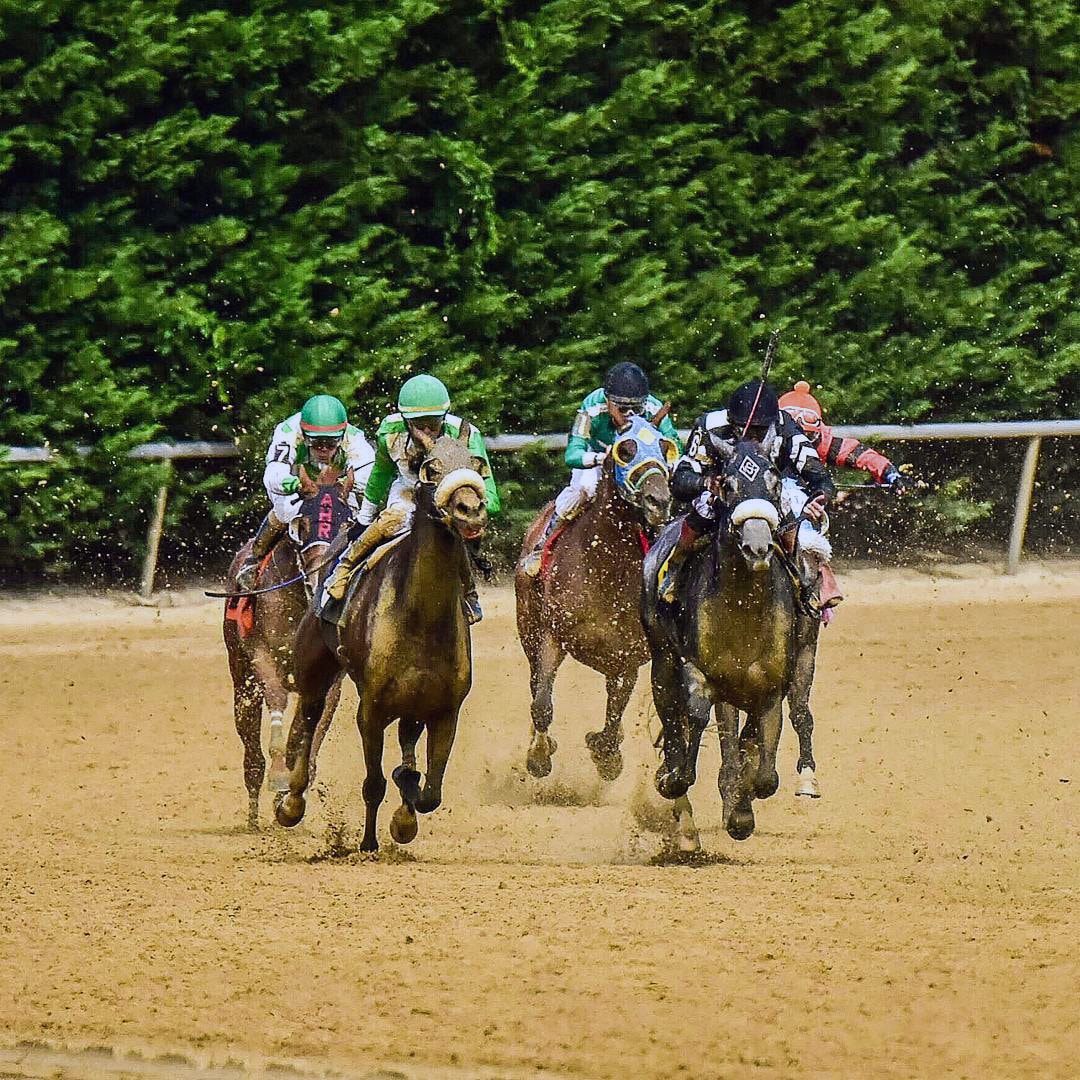
Consistency of track surface, whether it be dirt, turf or synthetic, is key to keeping Thoroughbred racehorses safe. Photo by Steve Heath
How Racetrack Surfaces Impact a Thoroughbred’s Bone Growth
“Racehorses are not born with racehorse skeletons,” Arthur says. “They have to be developed by training. The bone is more adaptable when the horse is young. It is easier to adapt that bone to the stresses that will ultimately be required to be a sound racehorse.”
Peterson worked with Wayne McIlwraith, BVSc, PhD, DSc, FRCVS, Dipl. ACVS, ACVSMR, in the late 1990s with bone imaging, and that led to the development of the Orono Biomechanical Surface Tester, which can mimic speed and loads on a horse’s limb. The research is ongoing, and Peterson said that they do not yet have enough data to make conclusive recommendations.
“But we are beginning to see trends, and we can start modifying (track maintenance) behavior based on those trends,” he says.
More than 10 years ago, for example, Peterson’s testing showed that rain had washed out the top layer of part of a track that was about to host a sale of 2-year-olds that would be galloping and working at speed for prospective buyers. Track management was able to replace that layer before the horses even arrived.
“We can’t even know how many musculoskeletal injuries we may have prevented,” Peterson says.
Understanding the Differences Between Racetrack Surfaces
It isn’t just dirt surfaces. While American racing began on dirt straightaways and evolved into dirt ovals, European and East Coast affinity for fox hunting and steeplechasing meant that racing on the grass would also become popular. Most major American racetracks today have a dirt track and a turf track, and Saratoga and Belmont Park, both in New York, even have two turf courses apiece in addition to their dirt tracks.
As technology improved, interest has grown in synthetic or engineered surfaces, either as an alternative to dirt tracks or as a training adjunct. Woodbine in Canada, Golden Gate Fields in Northern California and Turfway Park in Kentucky have synthetic main tracks, while Gulfstream Park in Florida has dirt, turf and synthetic surfaces for racing. Santa Anita in Southern California has dirt and turf courses for racing and in 2024 installed a synthetic track as an option for training.
Which one is best for a racehorse? Peterson and the RSTL are working to apply their parameters to all surfaces, hoping to foster consistency there as well.
Dirt, turf and synthetic tracks all have unique properties, and some horses will always prefer one over the other. That can sometimes trace to genetics. Some racehorse pedigrees confer turf racing talent, while other bloodlines produce horses that favor dirt racing.
The truly great pedigrees do both. Secretariat blew away his competition in the 1973 Triple Crown on dirt and at the end of his career won two graded stakes on the turf. That prompted his jockey, Ron Turcotte, to declare that Secretariat might have been an even better runner on grass than dirt.
Though synthetic tracks look more like dirt than turf tracks, they seem to be more related to turf when it comes to horses’ abilities. Anecdotally, over the years handicappers and bettors have noticed horses that do well on synthetic might also run well on turf and vice versa.
Thoroughbred Conformation and Racetrack Surface
A horse’s conformation can also contribute to affinities for different surfaces, though this can be related to race distance as well. Compact, stocky horses might do well at shorter distances on dirt, while tall, lanky horses with larger feet sometimes excel in longer turf races. This is far from being a rule, however. Megahertz, a tiny filly, regularly won long races on the grass in Southern California in the early 2000s and earned more than $2 million.
Peterson points out that with synthetic surfaces being relatively new, it could take even longer to compile statistically significant data on them.
“We have to understand what’s different about each surface, and it’s going to take a lot of data to figure it out,” he says. “The goal is to find out what keeps a horse sound for racing for the longest period, as well as for a second career.”
Synthetic tracks vary in their composition depending on where they are installed. How much rain and variance in temperature can dictate the makeup of the track. But that is also true of dirt tracks.
“If I have a track in New Orleans, I know exactly how to design it because it’s going to rain there every day,” Peterson says.
California, on the other hand, has the challenge of rain falling usually only in the fall and winter, sometimes after years of drought, as experienced in 2023 and 2024. New York must deal with the potential of snow and ice impacting the track in the winter.
Final Thoughts
HISA came out of federal legislation signed in 2020, so the organization is in the early stages of establishing federal standards for racetrack safety. As racetracks conform to these standards, the goal is all tracks will be both safe and consistent with each other, thereby minimizing injuries that can occur when a horse changes surfaces.
Tracy Gantz, a California-based freelance writer, is the Southern California correspondent for BloodHorse, West Coast contributing editor to California Thoroughbred and contributor to The Horse and Speedhorse.

